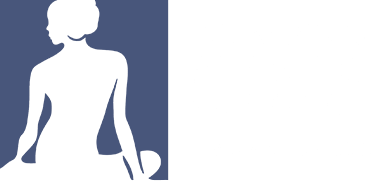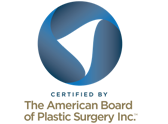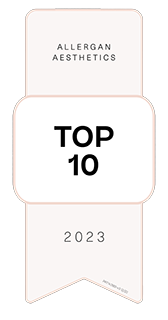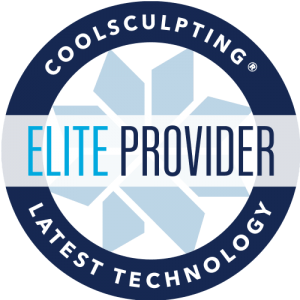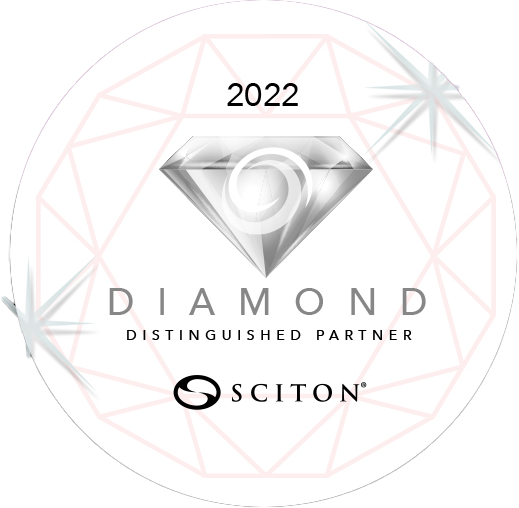Take Away My Wrinkles
Beam me up Scotty! It’s all about using beams of light. As we age, the effects of sun damage and age cause the skin to wrinkle, develop sun spots, and lose texture and tone. A Sciton laser resurfacing procedure at Des Moines Plastic Surgery™™ can reverse these effects and restore a younger, healthier appearance to the skin.
Why Wrinkles?
- Wrinkles caused by aging and long-term sun exposure, such as those around the eyes and mouth, respond well to laser resurfacing. Keep in mind that new wrinkles can appear as your skin continues to age.
- Wrinkles caused by repeated movement and muscle use (such as those on the forehead or along the sides of the nose) may be improved.
- Mild or moderate acne scars.
Des Moines Plastic Surgery™ uses the Sciton Contour TRL’s unique ability to be tuned for different tissue effects giving it the widest array of possible treatments. TRL technology provides the ability to plane down wrinkles externally while internally stimulating the dermal collagen matrix to firm the skin and add dermal resilience. Great to treat all skin types, both face and body with primary treatments including:
- Persistent peri-oral and peri-orbital deep wrinkles
- Acne scars, post-traumatic and surgical scars
- Actinic keratoses
- Pigmented lesions
- Lax skin in all areas (including upper and lower blephs)
- Poor skin tone/texture
- Mild to deep wrinkles
A laser beam will be delivered through a computer controlled device that automatically scans the area of skin being treated. Your provider can control the ablation and coagulation depth for either light or deep peels. As we age, the effects of sun damage and environmental pollutants take their toll on our skin, causing it to wrinkle, develop sun spots and look tired. A Sciton skin resurfacing procedure can reverse these effects and restore a healthy look to the skin. There are two approaches to resurfacing: full field, and fractional. In full field resurfacing, the entire surface area of the skin is treated. A laser beam is scanned across the treatment area and precisely removes a layer of skin. The body will naturally replace the old, damaged skin that was removed, with a fresh, healthy layer. Treatments can range from shallow (which might be appropriate for eliminating fine lines, sun spots and tired-looking skin) to deep (which is often used to improve skin tone/texture and eliminate deep wrinkles, even in difficult areas like upper lip lines and crow’s feet). In fractional resurfacing, the laser removes pinpoint columns of skin, leaving the surrounding tissue intact. This approach allows the laser to controllably ablate and coagulate tissue to variable depth, while the surrounding intact tissue promotes rapid healing.
Laser resurfacing, chemical peel, and dermabrasion are the most commonly used techniques for improving the texture and appearance of the skin. Although these techniques use different methods, they have basically the same effect on the skin: they destroy and remove the upper layers of skin to allow for skin regrowth.
No one technique is necessarily better than the others. When done by an experienced surgeon, laser resurfacing may be slightly more precise than chemical peels or dermabrasion. But the choice of technique is based on the site you want to treat, your skin type and condition, your doctor’s experience, your preferences, and other things. Some people get the best results by using a combination of techniques.
Contact Des Moines Plastic Surgery™ at 515-221-9999 to schedule your free consultation and learn more about Laser Skin Resurfacing.
